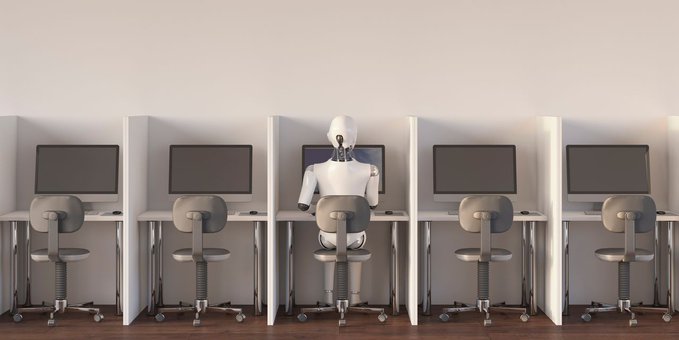
In August, first prize in the digital-art category of the Colorado State Fair’s fine-art competition went to a man who used artificial intelligence (AI) to generate his submission, “Théâtre d’Opéra Spatial.” He supplied the AI, a program called Midjourney, with only a “prompt”—a textual description of what he wanted. Systems like Midjourney and the similar DALL-E 2 have led to a new role in our AI age: “prompt engineer.” Such people can even sell their textual wares in an online market called PromptBase.
Midjourney and DALL-E 2 emerged too late to be included in “Working With AI: Real Stories of Human-Machine Collaboration,” by Thomas Davenport and Steven Miller, information-systems professors at Babson College and Singapore Management University, respectively. But the authors note other novel titles: chief automation officer; senior manager of content systems; architect, ethical AI practice. As AI’s influence expands, its borders with the work world gain complexity. Next up: deputy regional manager of AI-prompt quality and security assurance.
The bulk of “Working With AI” comprises 29 case studies in which corporate teams integrate automation into a workflow. Each chapter ends on three or four “lessons we learned.” For each study, one or both authors typically interview not only a worker interacting directly with the AI but also the worker’s supervisor, the manager who decided to adopt the technology, the software’s developer and the company’s customers. Though they include some statistics on, say, time saved, the reports are largely qualitative.
